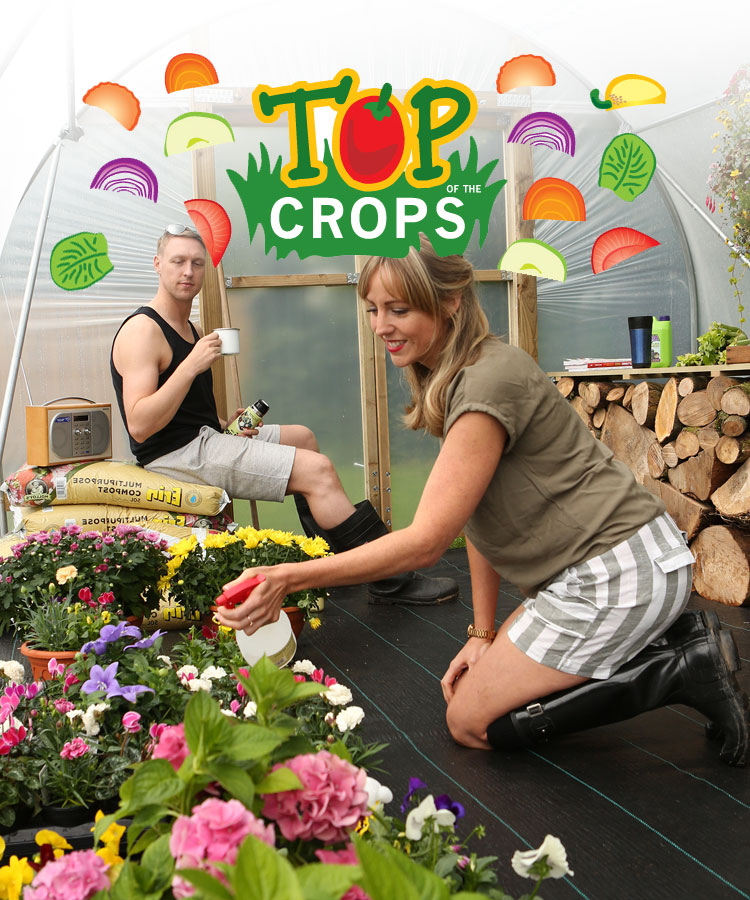Long a familiar sight in cottage gardens in the UK, the calendula, or pot marigold as it is sometimes called, is also a useful and attractive addition to a polytunnel. As well as being a pretty ornamental, calendulas also have a range of uses, in cooking (often as a saffron substitute), in dyeing and in herbal remedies. Calendulas can also be a useful trap crop which will draw aphids away from more valuable culinary crops. They are also said to repel some other insect pests.
Funnily enough, calendulas, once their basic needs are met, are a flower that thrives on neglect. The best and most productive calendula plants grow in well-drained soil of poor to average fertility and are watered only very rarely. These flowers will grow in full sun but are also not bothered about a bit of shade. Calendulas will prefer cooler temperatures and so, if grown in a polytunnel, good ventilation will be important to their continued good health. You can grow calendulas in a bed or in a container, whether you are growing them in a polytunnel or outside in your garden.
Calendulas can be sown as seeds indoors a few weeks before the last frost date in your area (usually grow lights are required) and then planted out, or can be direct sown in the polytunnel or elsewhere in your garden after your last frost date. Calendulas are often also bought as bedding plants which can simply be chosen and then placed where they are to grow, either in beds or in containers.
If you deadhead your calendula regularly (perhaps also harvesting some calendula flowers) then you should be treated to blooms over a long period from spring to early autumn and sometimes even beyond. Pinching out growing tips will also help to keep the plants bushy and prevent the formation of too many long and unwieldy, spindly stalks.
Simply take the calendula flowers as and when you want them. You might use them for cut flowers, for use in soups, stews and other recipes where you might have used saffron, to make a dye or to colour butters or cheeses, or for a range of herbal remedies. The spicy leaves and edible flowers can also be a great addition to a summer salad. Be sure to leave some to do their job of pest control in or near your polytunnel. Left more or less to themselves, calendulas will protect other crops and earn their space in your polytunnel.
